Descripción
El uso de la gestión de proyectos para lograr las metas de las diversas organizaciones de la sociedad continúa creciendo. El Conocimiento de la conducta humana, el conocimiento de las cuestiones de organización, y la habilidad con los métodos cuantitativos. Y son todos necesarios para la gestión de proyectos con éxito.
Meredith y Mantel han extraído experiencias personales en el lugar de trabajo, para desarrollar un texto que enseña al lector cómo construir sobre las habilidades necesarias para seleccionar, comenzar, funcionar, y controlar todos los tipos de proyectos.
Apropiado tanto para estudiantes como para profesionales, Project Management 7e le enseña al lector las herramientas esenciales para una gestión eficaz del proyecto.
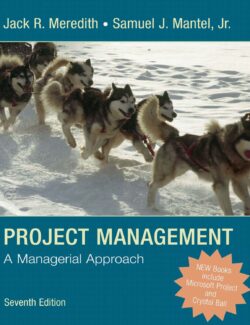

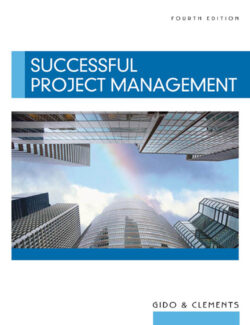

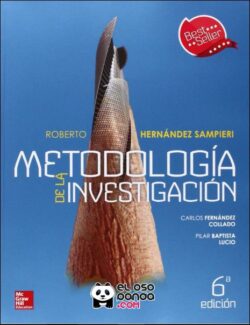

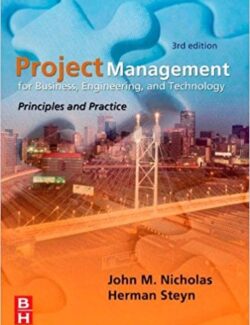
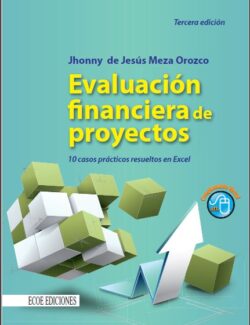
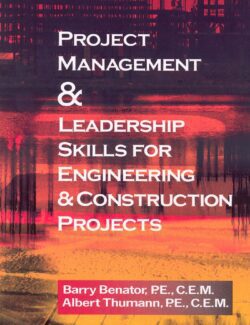
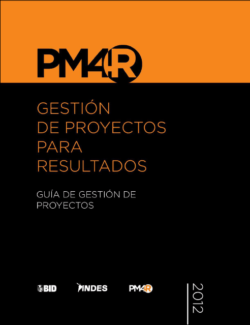

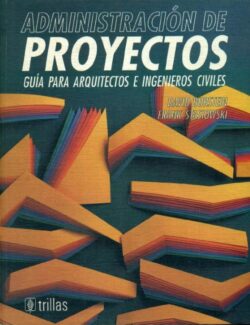

Déjanos un comentario
No hay comentarios